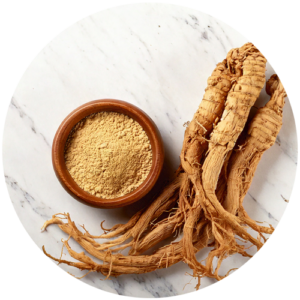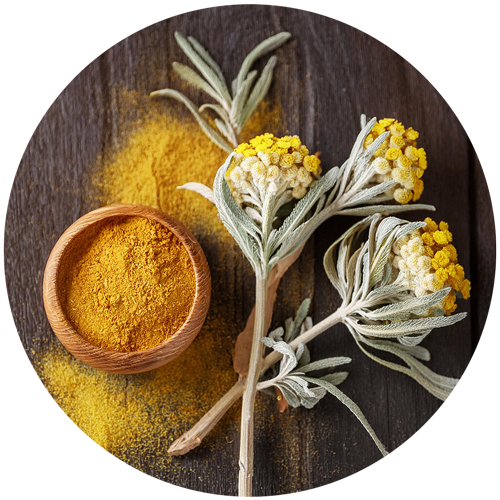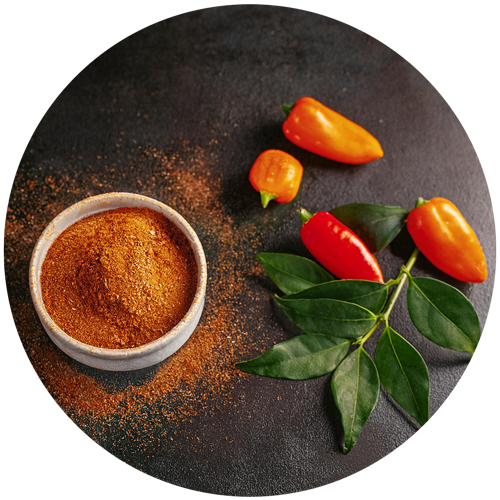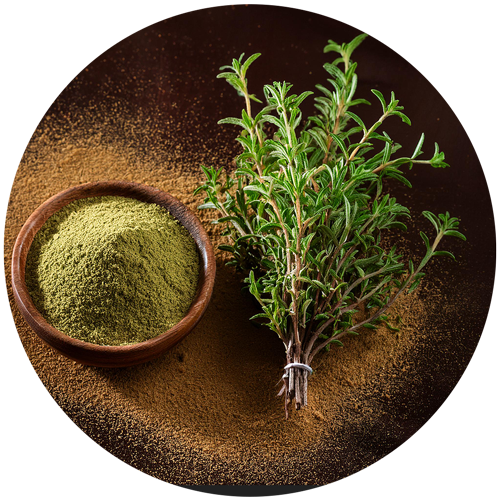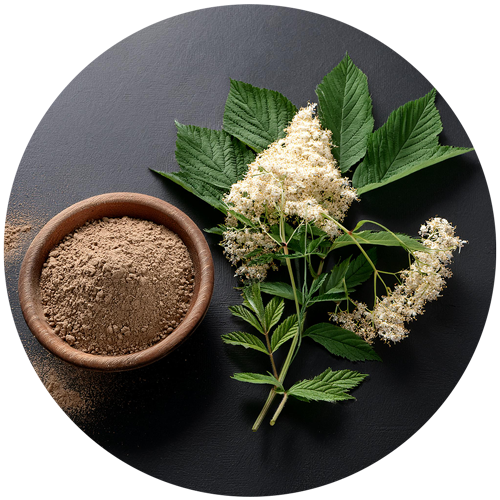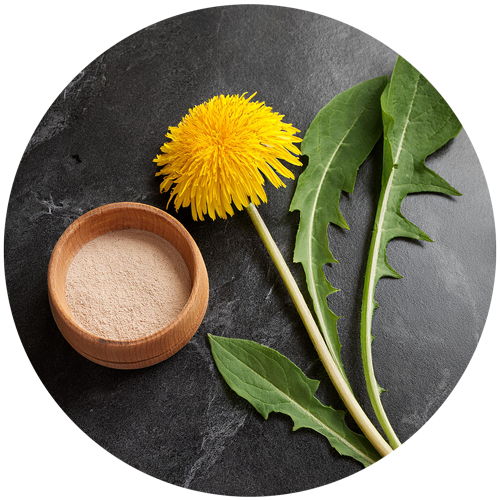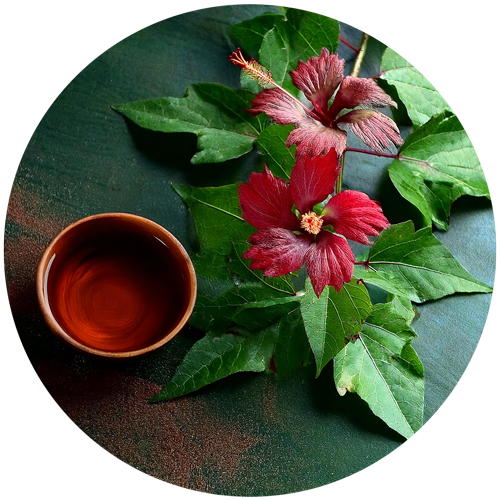Europe
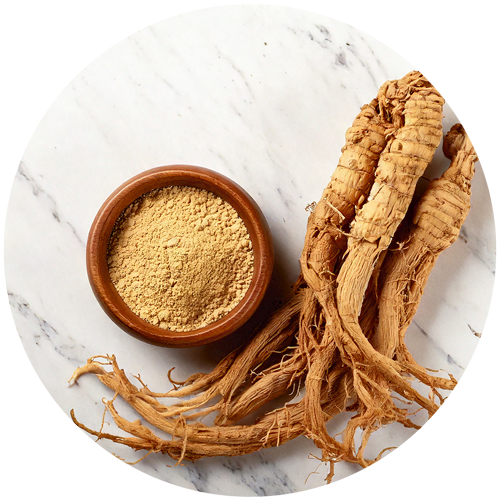

ANGELICA
Angelica sinensis Diels Upper airways
Upper airways  Renal function
Renal function  Digestion
Digestion Angelica archangelica root, rich in furocoumarins and essential oils, supports digestive functions.
Regulations
and analysis
Identification : TLC
Data on traditional use
Cahier de l’agence du Médicament (France) :
- Traditionally used to aid digestion
- Traditionally used to soothe abdominal pain of digestive origin.
Canadian monograph :
-
Traditionally used for the respiratory tract, for renal elimination of water and to aid digestion.
German monograph :
- Used for loss of appetite, stomach upset such as mild spasms of the gastrointestinal tract, feeling of fullness, flatulence.
- Used for renal elimination of water
Association ideas by health benefice
Select one or more axes:
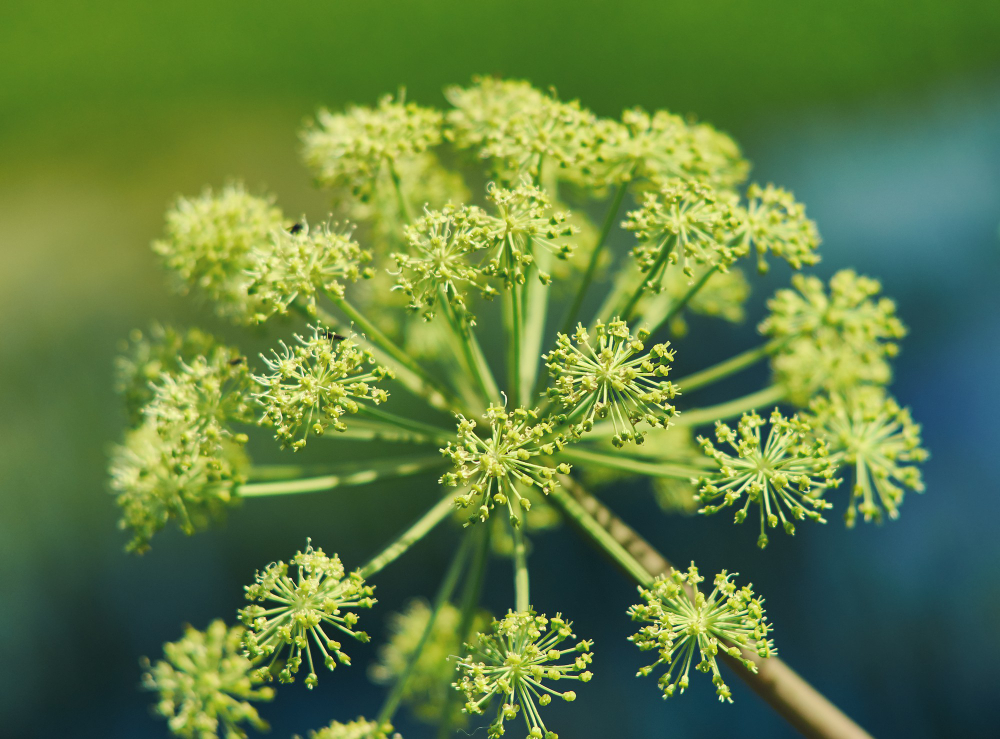
Detailed description
Angelica archangelica, a member of the Apiaceae family, is native to temperate regions of the northern hemisphere. Its root has been used for centuries for its beneficial effects in European and Asian medicinal traditions.
Angelica root is rich in bioactive compounds, including furocoumarins, essential oils (alpha-pinene, sabinene) and phenolics such as chlorogenic acids. These compounds confer antioxidant and anti-inflammatory properties, supporting cell protection against free radicals.
Angelica root is traditionally used to support digestive functions and promote intestinal comfort. It is also known for its role in joint and immune well-being.
